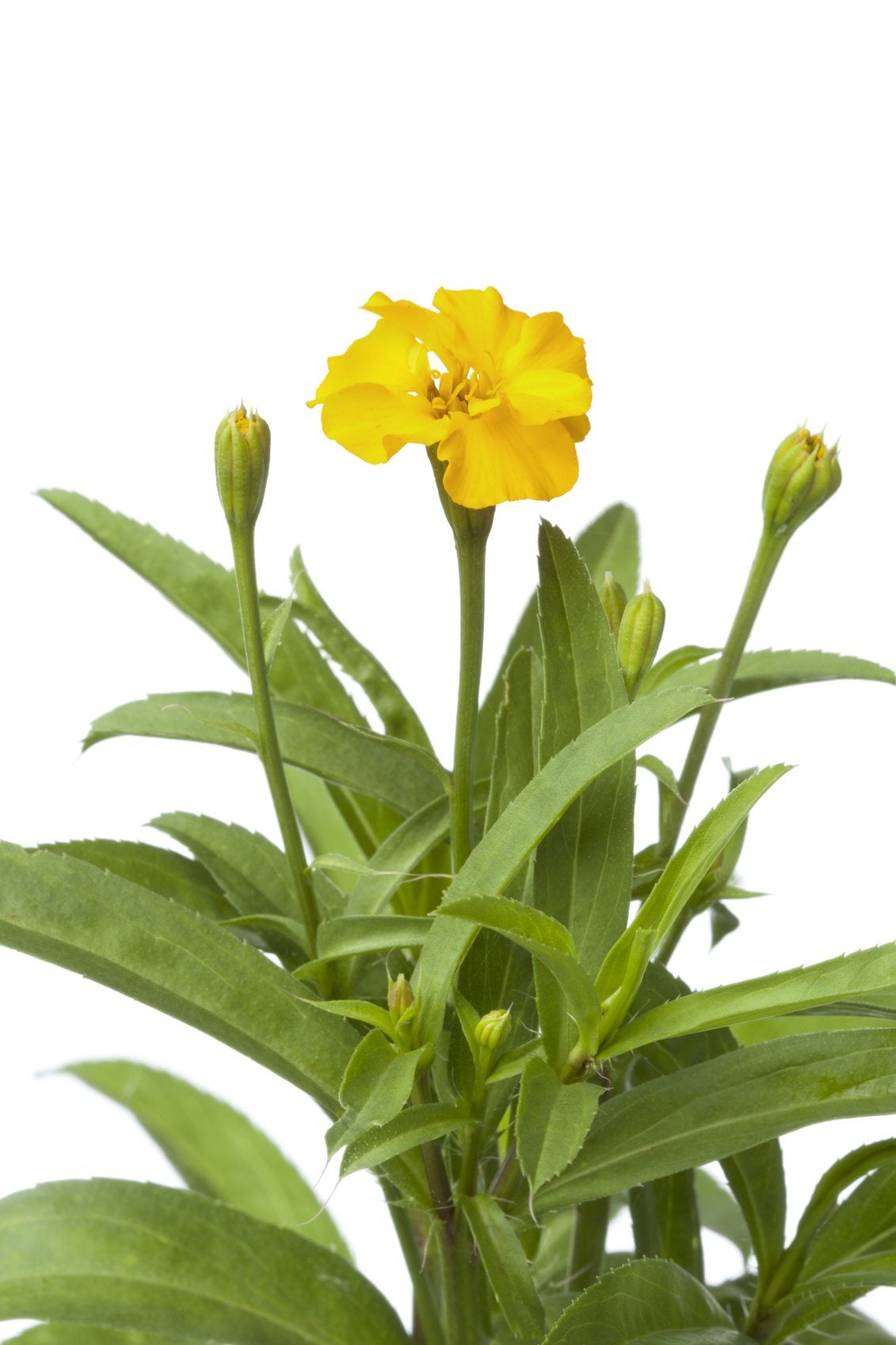What Is Mexican Tarragon: How To Grow Mexican Tarragon Herb Plants


What is Mexican tarragon? Native to Guatemala and Mexico, this perennial, heat-loving herb is grown primarily for its flavorful, licorice-like leaves. The marigold-like flowers that show up in late summer and autumn are a delightful bonus. Most commonly called Mexican marigold (Tagetes lucida), it is known by a number of alternate names, such as false tarragon, Spanish tarragon, winter tarragon, Texas tarragon, or Mexican mint marigold. Read on for all you need to know about growing Mexican tarragon plants.
How to Grow Mexican Tarragon
Mexican tarragon is perennial in USDA plant hardiness zones 9 through 11. In zone 8, the plant is usually nipped by frost, but grows back in spring. In other climates, Mexican tarragon plants are often grown as annuals.
Plant Mexican tarragon in well-drained soil, as the plant is likely to rot in wet soil. Allow 18 to 24 inches (46-61 cm.) between each plant; Mexican tarragon is a large plant that can reach 2 to 3 feet (61-91 cm.) tall, with a similar width.
Although Mexican tarragon plants tolerate partial shade, the flavor is best when the plant is exposed to full sunlight.
Keep in mind that Mexican tarragon may reseed itself. Additionally, new plants are generated whenever the tall stems bend over and touch the soil.
Caring for Mexican Tarragon
Although Mexican tarragon plants are relatively drought tolerant, the plants are bushier and healthier with regular irrigation. Water only when the surface of the soil is dry, as Mexican tarragon won’t tolerate consistently soggy soil. However, don’t allow the soil to become bone dry.
Water Mexican tarragon at the base of the plant, as wetting the foliage may lead to various moisture-related diseases, especially rot. A drip system or soaker hose works well.
Gardening tips, videos, info and more delivered right to your inbox!
Sign up for the Gardening Know How newsletter today and receive a free copy of our e-book "How to Grow Delicious Tomatoes".
Harvest Mexican tarragon plants regularly. The more often you harvest, the more the plant will produce. Early morning, when the essential oils are well distributed through the plant, is the best time to harvest.
Mexican tarragon requires no fertilizer. Pests are generally not a concern.

A Credentialed Garden Writer, Mary H. Dyer was with Gardening Know How in the very beginning, publishing articles as early as 2007.
-
 Looking For Plants To Give You The Soft And Fuzzies? Try These 5 Fuzzy Leaf Plant Options
Looking For Plants To Give You The Soft And Fuzzies? Try These 5 Fuzzy Leaf Plant OptionsLovers of texture, drama, silver foliage and tactile plants will adore these special sensory garden additions. These fuzzy leaf plant options will leave you all aglow
By Susan Albert
-
 Get Ready For A Summer Of Hummers! Grow These Full Sun Hummingbird Plants and Flowers
Get Ready For A Summer Of Hummers! Grow These Full Sun Hummingbird Plants and FlowersIf you’re lucky enough to enjoy a sunny backyard, make sure you are maxing out on your pollinator opportunities and grow these full sun hummingbird plants and flowers
By Tonya Barnett